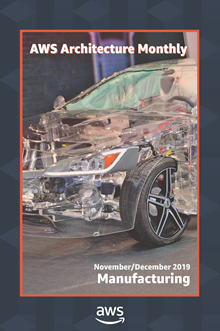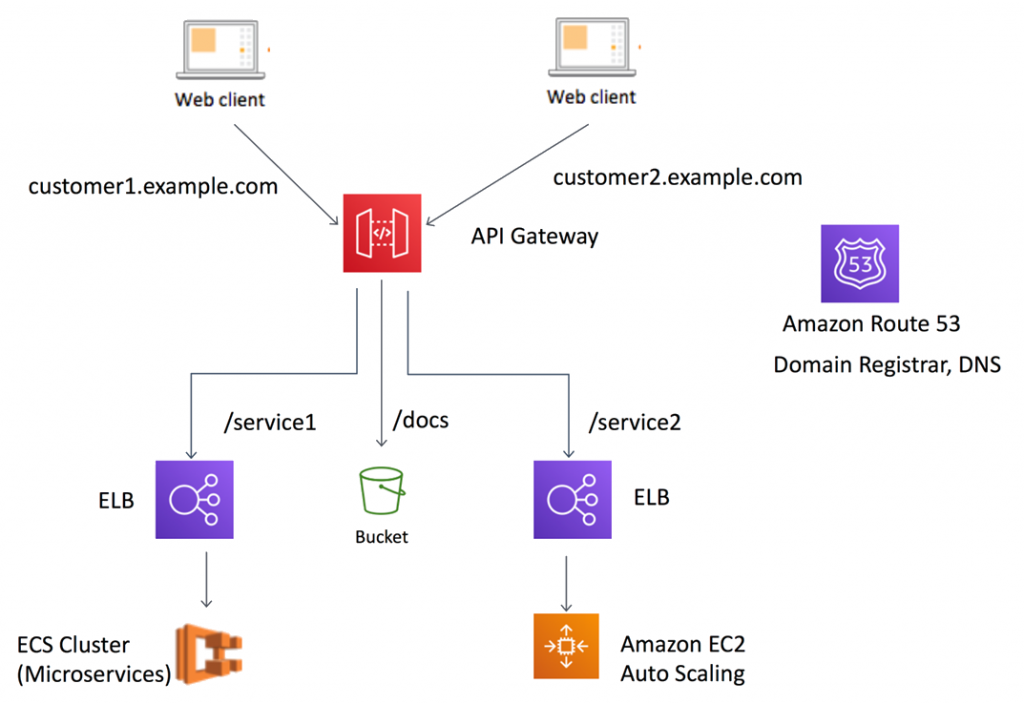AWS Architecture Blog
Category: Intermediate (200)
AWS Architecture Monthly Magazine: Data Lakes
A data lake is the fastest way to get answers from all your data to all your users. It’s a centralized repository that allows you to store all your structured and unstructured data at any scale. You can store your data as-is, without having to first structure the data, and run different types of analytics—from […]
Introduction to Messaging for Modern Cloud Architecture
We hope you’ve enjoyed reading our posts on best practices for your serverless applications. The posts in the following series will focus on best practices when introducing messaging patterns into your applications. Let’s review some core messaging concepts and see how they can be used to address challenges when designing modern cloud architectures. Introduction Applications […]
Five Talent Collaborates with Customers Using the AWS Well-Architected Tool
Since its launch at re:Invent 2018, the AWS Well-Architected Tool (AWS WA Tool) has provided a consistent process for documenting and measuring architecture workloads using the best practices from the AWS Well-Architected Framework. However, sharing workload reports for collaborative work experience was time consuming. The new workload sharing feature solves these issues by offering a […]
AWS Architecture Monthly Magazine: Manufacturing
For more than 25 years, Amazon has designed and manufactured smart products and distributed billions of products through its globally connected distribution network using cutting edge automation, machine learning and AI, and robotics, with AWS at its core. From product design to smart factory and smart products, AWS helps leading manufacturers transform their manufacturing operations […]
Serverless at AWS re:Invent 2019
Our annual AWS re:Invent conference is just two weeks away! We can’t wait to meet you for an AWSome week in Las Vegas. The Serverless team is now hard at work preparing to deliver over 130 sessions at re:Invent. Come meet us and learn about how to use the newest Serverless innovations to build and architect for […]
FogHorn: Edge-to-Edge Communication and Deep Learning
FogHorn is an intelligent Internet of Things ( IoT) edge solution that delivers data processing and real-time inference where data is created. As “the only ‘real’ edge intelligence solution in the market today,” FogHorn is powered by a hyper-efficient Complex Event Processor (CEP) and delivers comprehensive data enrichment and real-time analytics on high volumes, varieties, […]
Architecting a Low-Cost Web Content Publishing System
Introduction When an IT team first contemplates reducing on-premises hardware they manage to support their workloads they often feel a tension between wanting to use cloud-native services versus taking a lift-and-shift approach. Cloud native services based on serverless designs could reduce costs and enable a solution that is easier to operate, but appears to be […]
Using API Gateway as a Single Entry Point for Web Applications and API Microservices
Introduction The benefits of high availability, scalability, and elasticity that AWS offers has proven to be a boon for Software-as-a-Service (SaaS) providers. AWS has also made it seamless to adopt microservices architectures for modernizing these SaaS applications, as well as providing API-based access for external applications. An API management layer such as Amazon API Gateway […]
New Issue of Architecture Monthly: Games
This month’s Architecture Monthly magazine is all about games—not Scrabble, not Uno, not Twister, and certainly not hide-and-seek. No, we’re talking the big business of online, multiplayer games. And did you know that approximately 90% of large, public game companies are running on the AWS cloud? Yep, I’m talking Epic (ever heard of Fortnite?), Ubisoft, […]
Wag!: Why Even Your Dog Loves a Canary Deployment
Since August 26 was National Dog Day, we thought it might be a great time to talk about why Wag!,an on-demand dog-walking, boarding, and pet-setting service that’s available in 43 states and 100 cities, deployed blue-green (or canary) architecture for increased availability and reduced risk using Amazon ECS. Last June, Dave Bullock, Director of Engineering […]









